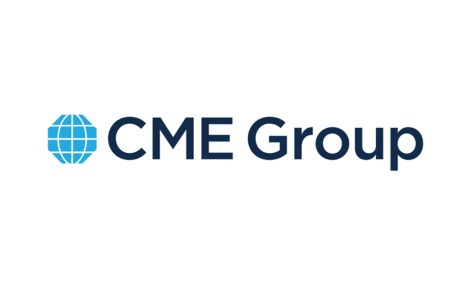



Veterinary artificial insemination market growth and trends - research
AI to play a strong role in meeting increased demandAccording to press release from Grand View Research, the global market for veterinary artificial insemination will be worth USD$7.4 billion by 2030. The market research and consulting company outlined several trends impacting the industry now, and offered projections on which markets will see growth in the years to come.
The COVID-19 pandemic resulted in many challenges including dampened growth, decreased sales and marketing activities, supply chain hurdles, and delay in delivery of AI services. The erratic and uncertain consumption patterns in several key markets exacerbated by sporadic lockdowns and logistical bottlenecks further increased the uncertainty in the market.
Growth was also dampened by other factors such as the African swine fever (ASF). Genus for instance, reported labour shortages, adverse impact on retail food service demand and meat packing capacity, and international logistics delays due to the pandemic. The company indicated that in near-term, feed input costs, ASF, and COVID-19 implications would continue to exert pressure on the global porcine industry, in particular in China and Europe. In North America, the pandemic led to packing plant slowdowns during the first half of 2021.
To fulfill the continuously increasing demand for meat and dairy products, market players are expanding artificial insemination solutions to breed high-quality livestock and enhance production. For example, in August 2020, Cogent with AB Europe launched a novel sexed semen service for the UK sheep producers.
Developing regions such as Latin America are also contributing to the growth of the market for veterinary artificial insemination. For instance, Brazil, one of the major countries in the region has been adopting AI increasingly for the past decade. The country has also deployed Fixed-time Artificial Insemination (FTAI) techniques to increase profitability and success rate. According to the Brazilian Association of Artificial Insemination (Asbia) from January to September 2018, 306,052 doses of national sexed semen were marketed for beef and dairy cattle while it reached 503,078, an increase of 30.83% in 2020.
According to the Food and Agriculture Organization (FAO) publication 2019, livestock contributed almost 40% of the global value of agricultural output in developed countries and 20% in developing ones, and it provides food security and livelihood to more than 1.3 billion people worldwide. Increased adoption of artificial insemination procedures in cattle, rising milk consumption, and production of beef are other factors responsible for the significant growth of the market. For instance, according to data published by the UN FAO in 2018, beef and buffalo production increased from 69.56 million tons in 2017 to 71.61 million tons in 2018. Furthermore, the rising consumption of milk and milk products is positively impacting the market growth.
Favourable government regulations, intended to improve productivity, are also leading to growth, said the press release. For instance, the Indian government approved an Agriculture Export Policy in 2018 to enhance agricultural economic growth in the nation. The new policy is aimed at boosting India's agricultural output to $60 billion by 2022 and $100 billion with a predictable foreign policy framework in the next few years.







